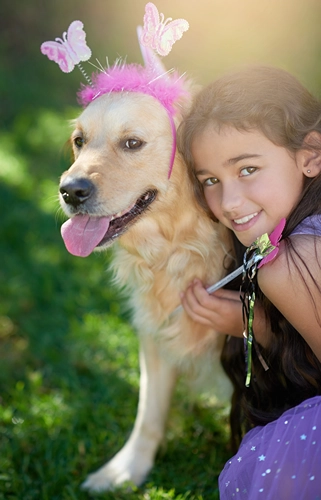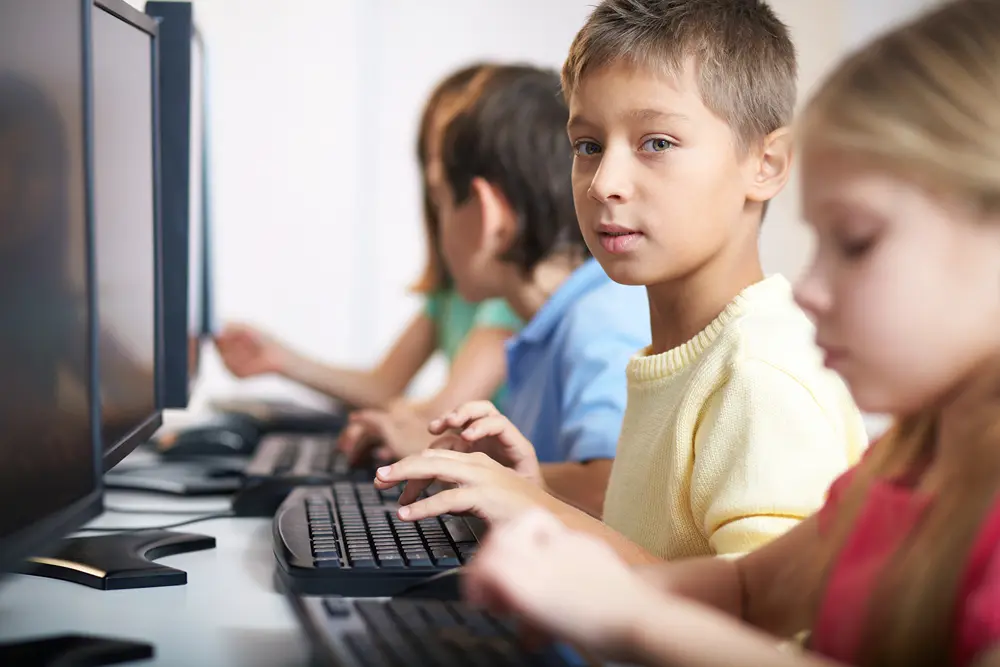How Internet Safety Can Support Skilled Jobs Tomorrow
Internet safety isn’t just a skill; it’s a building block for tomorrow’s careers. From logistics to engineering, safely navigating digital tools today sets people up for roles that demand tech proficiency tomorrow. Mastering these abilities early ensures a competitive edge in an increasingly tech-driven world.
This goes beyond staying safe online – it’s about being ready for a digital workforce that expects solid, tech-savvy problem solvers.
Why Internet Safety Sets Up Real-World Skills
Digital literacy isn’t just about knowing how to work an app or navigate a site. It’s about understanding data safety, spotting scams, and making sound choices online – habits that STEM fields require as tech evolves.
When you get this foundation right, you’re not just safe; you’re building useful thinking across industries, especially in roles that work with data daily.
In fields like logistics, knowing how to handle data securely is essential. Professionals learn to avoid risky behaviors and develop a cautious, smart approach to digital tasks. This isn’t just protective; it’s transformative, making people capable of navigating complex tasks confidently.
Building Job-Ready Skills Through Internet Safety
Knowing how to stay safe online does more than keep you out of trouble – it gets you job-ready. Internet safety helps people think critically and be flexible, which are skills that companies always look for in tech-heavy jobs.
A good education in internet safety enables you to see the risks, plan, and adapt to changing digital settings, all of which are essential skills for modern careers.
Take route optimization as an example. It’s an area where keeping data safe and looking for ways to do things more efficiently can make or break operations. Knowing how to stay safe online makes your job more valuable because it helps workers use digital tools smartly and usefully.
How Internet Safety Makes You Stand Out
Learning safe online practices isn’t just about protection – it’s about building a mindset employers love. You bring something extra when you know online risks and can work responsibly with digital tools. This tech-savvy confidence is valuable across industries, especially as companies become more cautious about data security.
Consider a role in logistics or even data management. Knowing how to keep information secure while optimizing workflows isn’t just a plus; it’s becoming the standard. Employers are looking for candidates who can safely navigate digital landscapes and make thoughtful decisions, especially when handling sensitive information.
Why Digital Skills Are No Longer Optional

Digital skills, including internet safety, are no longer just lovely. They’re essential in today’s workforce, especially in STEM-focused jobs.
Logistics, engineering, and tech companies want people who know how to work smart and stay safe online. When internet safety is part of your skillset, it shows employers you’re ready to handle the demands of a digital workplace.
For example, a logistics professional using professional route planning tools doesn’t just need to know the software; they must ensure that every data they handle is safe. That layer of internet safety awareness makes a candidate well-rounded and job-ready, bringing efficiency and caution.
Turning Online Skills into Career Opportunities
Mastering internet safety and digital skills opens doors. Now, STEM roles are filled with opportunities for those combining technical know-how with a solid understanding of online security. For example, optimizing routes while protecting data offers a decisive logistics advantage.
Internet safety isn’t just about staying secure – it’s about becoming adaptable, resourceful, and ready for any role that uses digital tools. With the proper foundation in internet safety, professionals can take on positions with confidence, knowing they’re equipped to handle both the technology and the security challenges that come with it.
How Internet Safety Bridges the Skills Gap
The difference between people’s digital skills and the ones businesses need is growing. Internet safety education can help close this gap by giving people the basic tech skills and safety awareness required in today’s working environment. It’s one thing to be technically skilled, but knowing how to handle data responsibly and avoid online risks brings an extra level of readiness.
For companies, this means hiring tech-savvy and secure employees in their practices. For individuals, it means standing out in fields like logistics, where using professional route planning tools safely is a key part of the job.
Conclusion
Internet safety now encompasses not only defense against harmful content on the web but also protection of oneself and preparation for the changing employment scene.
From mastering technologies that make logistics efficient to understanding how to manage sensitive data, the skills acquired via online safety education boost employment in tech-centric sectors.









